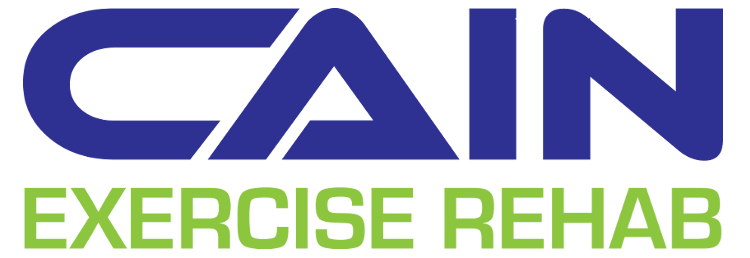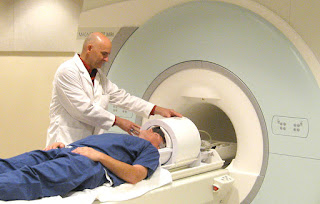Athletic Therapy is still a growing field, and one that the majority of the public is still not entirely aware or educated about. I can't act like we AT's are martyrs, though; I'm well aware that Physiotherapists and Massage Therapists are also fighting their own battle in trying to raise public awareness on the importance and benefits of their practices.
That being said, here are my top seven myths and misconceptions debunked, not only on Athletic Therapy, but also on rehab and recovery as a whole!
1) Athletic Therapy is only for athletes
It's obvious why this belief exists. Athletic Therapy has its roots in the world of
athletic training (akin to the job title in the US) that works primarily with sports-teams. Since those early days, however, Athletic Therapy has branched and spread itself out to being able to address and care for any demographic. "Athletic" Therapy speaks more on the modality of exercise that we specialize in and use to help clients recover rather than on any misconceived exclusivity of target demographic.
2) My insurance won't cover Athletic Therapy
This one may have been more true even as recently as 5-10 years ago. As it stands now, however, Athletic Therapy is receiving more and more widespread coverage with major insurance providers. Great West Life, Manulife, Sunlife, and more are all now known to cover AT; if not all the time, then at least under the right circumstances or based on request.
3) You need a referral to see an Athletic Therapist
I'm going to say that this one is probably untrue. Granted, if your particular extended health plan requires you to attain a doctor's note in order to receive coverage to see an Athletic Therapist, then that's that. However, when it comes to simply seeing an AT on your own accord, any AT will welcome you into their clinic, referral note or not.
4) Athletic Therapy is only for accidents and acute injuries
Indeed, Athletic Therapy is excellent for treating acute injuries resulting from specific accidents. In fact, the sooner and more acute the injury is when we first see a client, the
quicker the recovery will be! However, AT's are trained and experienced to work with clients experience chronic and overuse conditions that aren't necessarily labeled as "sports injuries", including long-term low back pain, arthritis, and tendinitis.
5) My x-rays showed that I have something that won't go away, even with rehab
This one is a message that I'm passionate about, but one that's tough to get out there as much as I'd like. As
I've written before, x-rays and MRI results are very likely to reveal injuries and conditions that a doctor may be quick to label as a problem. The thing to remember is that, in almost every adult, there are going to be some natural aging changes in your joints that are overdiagnosed as arthritis or degeneration.
Numerous studies
consistently show completely asymptomatic patients testing positive for disc bulges or other degenerative changes on imaging. It just goes to show that an Athletic Therapist can definitely return you to pain-free function, even with these occurrences.
6) I need surgery first
When it's been determined that surgery
is a necessary intervention, many prospective clients assume that they have nothing to do but wait for the date. However, it's been shown that patients awaiting hip surgery are able to
reduce their pain with rehab in the meantime and may be able to improve their post-surgical outcomes. This may have something to do with getting the nervous system trained early for the rehab that will come post-operation or by getting accessory muscles away from the surgical site stronger to support the area.
On the flip side, perhaps you've been told you need a surgery that's
statistically unsuccessful or unnecessary. Oftentimes, conservative rehab is
more effective and successful than operating on the area. Granted, Athletic Therapists will always respect the recommendations of medical doctors, but it may still be worth receiving an additional opinion or trying out a few sessions first in order to help assist you in your decision-making.
7) I'm not quite ready to start exercising
Finally, too many individuals who are in a large amount of pain have a misconception that they need to wait until their pain, somehow, settles down on its own before commencing a rehab program. Unfortunately, this often results in further pain and dysfunction as they become less and less active.
Inversely, even if a great deal of pain is present, there is
always something that an Athletic Therapist can prescribe a client to do, even if it's the tiniest movement with the neck, hip, or even
eyes that will improve that client's condition and outcome.
Subscribe
Do you like the content that you're reading? Sign up to receive the weekly blog update from Cain Exercise Rehab directly to your email!
Click Here!
Book Now
In the Victoria area and interested in booking an appointment with Cain Exercise Rehab? Follow the link below to book online!
Click Here!
















